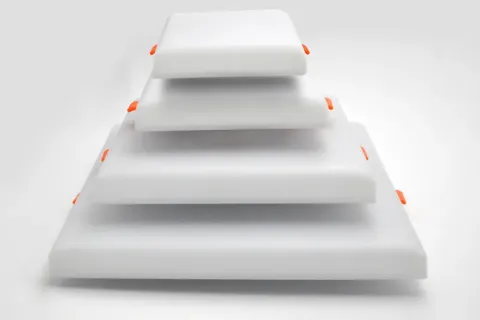According to the principles of physics, the greater the current, the more times the electrons and holes in the LED recombine, and the more light energy is generated, so the LED will appear brighter. For standard LED bulbs or LED panel lights, the relationship between brightness and current is usually linear - that is, the current increases, the brightness increases.
Assuming that the wattage of each LED downlight is 10 watts, the number of lamps required is: For a demand of 66.7 watts, the number of lamps required is approximately: 66.7W divided by 10W = 6.7. That is, about 7 10-watt LED downlights are required. For a demand of 111.1 watts, the number of lamps required is approximately: 111.1W divided by 10W = 11.1. That is, about 11 10-watt LED downlights are required.
If you want the light in the bedroom to be softer and more uniform, and provide a comfortable sleeping environment, LED downlights are undoubtedly a more suitable choice. If you need to highlight certain decorative details or local areas in the bedroom, LED spotlights can provide more precise lighting.
Unlike recessed downlights, the installation method of flat downlights usually does not require the light fixture to be embedded in the ceiling, but to be installed directly on the ceiling surface. This design makes the flat-bottom downlight easy to install and maintain, and is suitable for simpler space designs.




